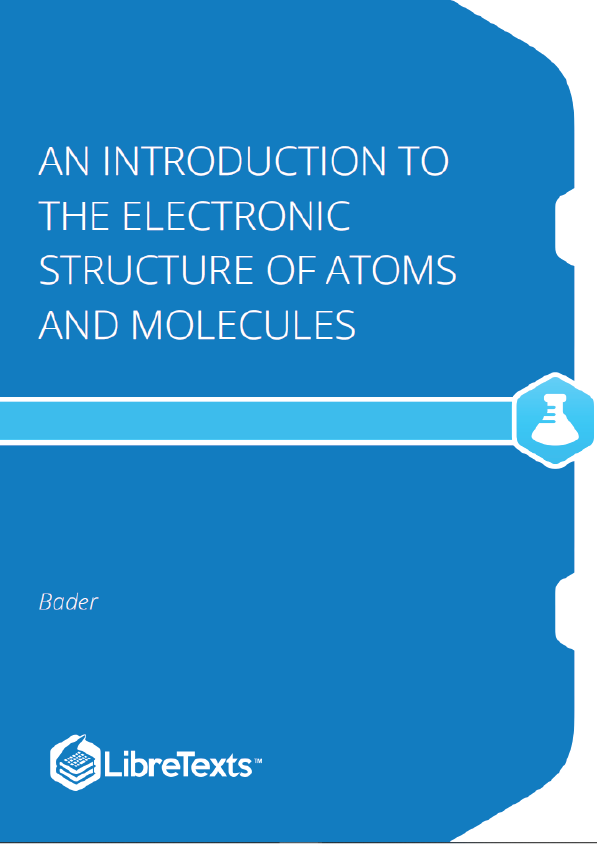1.1: Introduction
The understanding and prediction of the properties of matter at the atomic level represents one of the great achievements of twentieth-century science. The theory developed to describe the behavior of electrons, atoms and molecules differs radically from familiar Newtonian physics, the physics governing the motions of macroscopic bodies and the physical events of our everyday experiences. The discovery and formulation of the fundamental concepts of atomic physics in the period 1901 to 1926 by such men as Planck, Einstein, de Broglie and Heisenberg caused what can only be described as a revolution in the then-accepted basic concepts of physics.
The new theory is called quantum theory or quantum mechanics. As far as we now know this theory is able to account for all observable behaviour of matter and, with suitable extensions, for the interaction of matter with light. The proper formulation of quantum mechanics and its application to a specific problem requires a rather elaborate mathematical framework, as do proper statements and applications of Newtonian physics. We may, however, in this introductory account acquaint ourselves with the critical experiments which led to the formulation of quantum mechanics and apply the basic concepts of this new mechanics to the study of electrons.
Specifically the problem we set ourselves is to discover the physical laws governing the behaviour of electrons and then apply these laws to determine how the electrons are arranged when bound to nuclei to form atoms and molecules. This arrangement of electrons is termed the electronic structure of the atom or molecule. Furthermore, we shall discuss the relationship between the electronic structure of an atom and its physical properties, and how the electronic structure is changed during a chemical reaction.
Rutherford’s nuclear model for the atom set the stage for the understanding of the structure of atoms and the forces holding them together.
From Rutherford’s alpha-scattering experiments it was clear that the atom consisted of a positively-charged nucleus with negatively-charged electrons arranged in some fashion around it, the electrons occupying a volume of space many times larger than that occupied by the nucleus. (The diameters of nuclei fall in the range of l ´ 10-12 ® 1 ´ 10-13 cm, while the diameter of an atom is typically of the order of magnitude of 1 ´ 10-8 cm.) The forces responsible for binding the atom, and in fact all matter (aside from the nuclei themselves), are electrostatic in origin: the positively-charged nucleus attracts the negatively-charged electrons. There are attendant magnetic forces which arise from the motions of the charged particles. These magnetic forces give rise to many important physical phenomena, but they are smaller in magnitude than are the electrostatic forces and they are not responsible for the binding found in matter.
During a chemical reaction only the number and arrangement of the electrons are changed, the nucleus remaining unaltered. The unchanging charge of the atomic nucleus is responsible for retaining the atom’s chemical identity through any chemical reaction. Thus for the purpose of understanding the chemical properties and behaviour of atoms, the nucleus may be regarded as simply a point charge of constant magnitude for a given element, giving rise to a central field of force which binds the electrons to the atom.
Rutherford proposed his nuclear model of the atom in 1911, some fifteen years before the formulation of quantum mechanics. Consequently his model, when first proposed, posed a dilemma for classical physics. The nuclear model, based as it was on experimental observations, had to be essentially correct, yet all attempts to account for the stability of such a system using Newtonian mechanics ended in failure.











